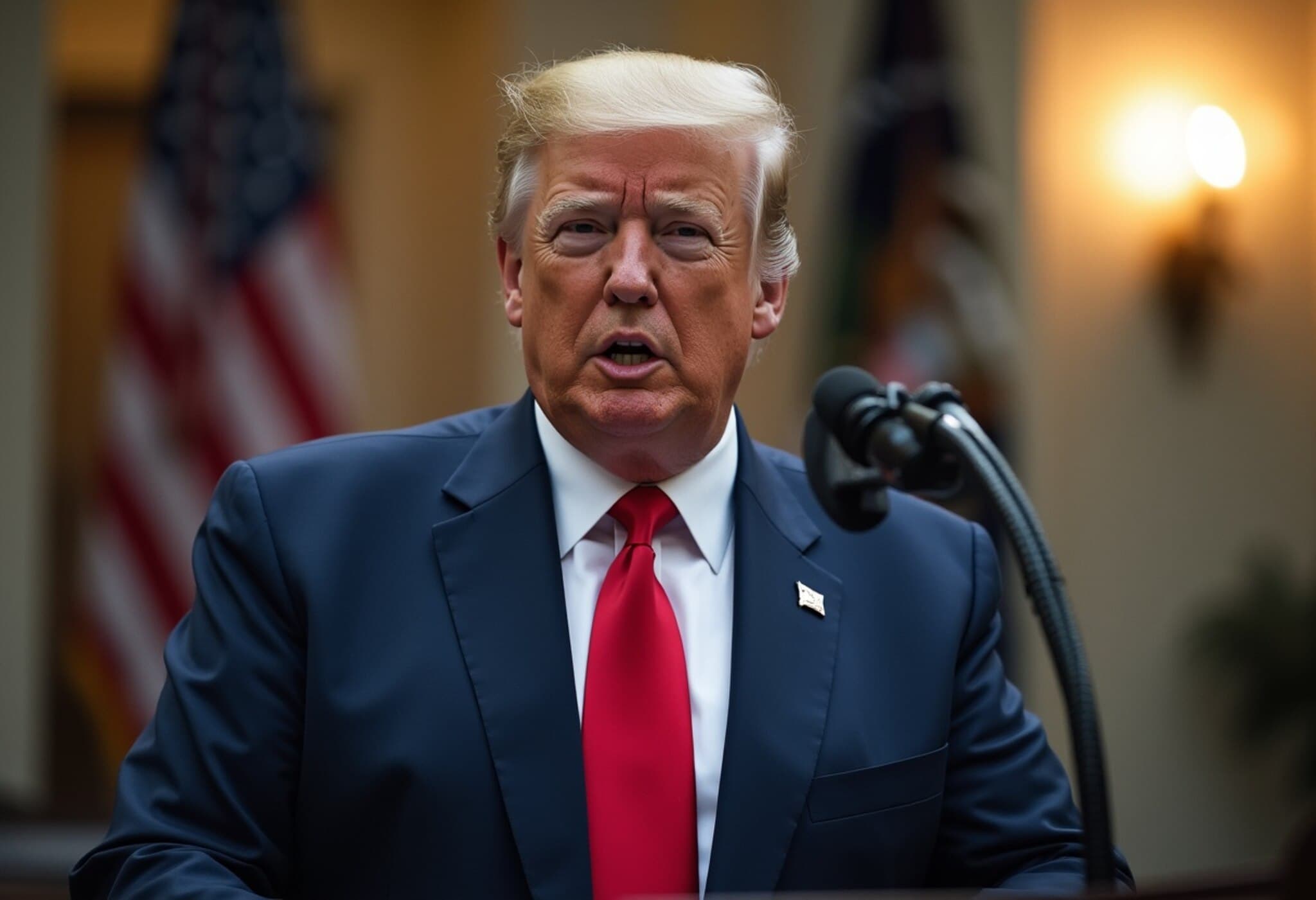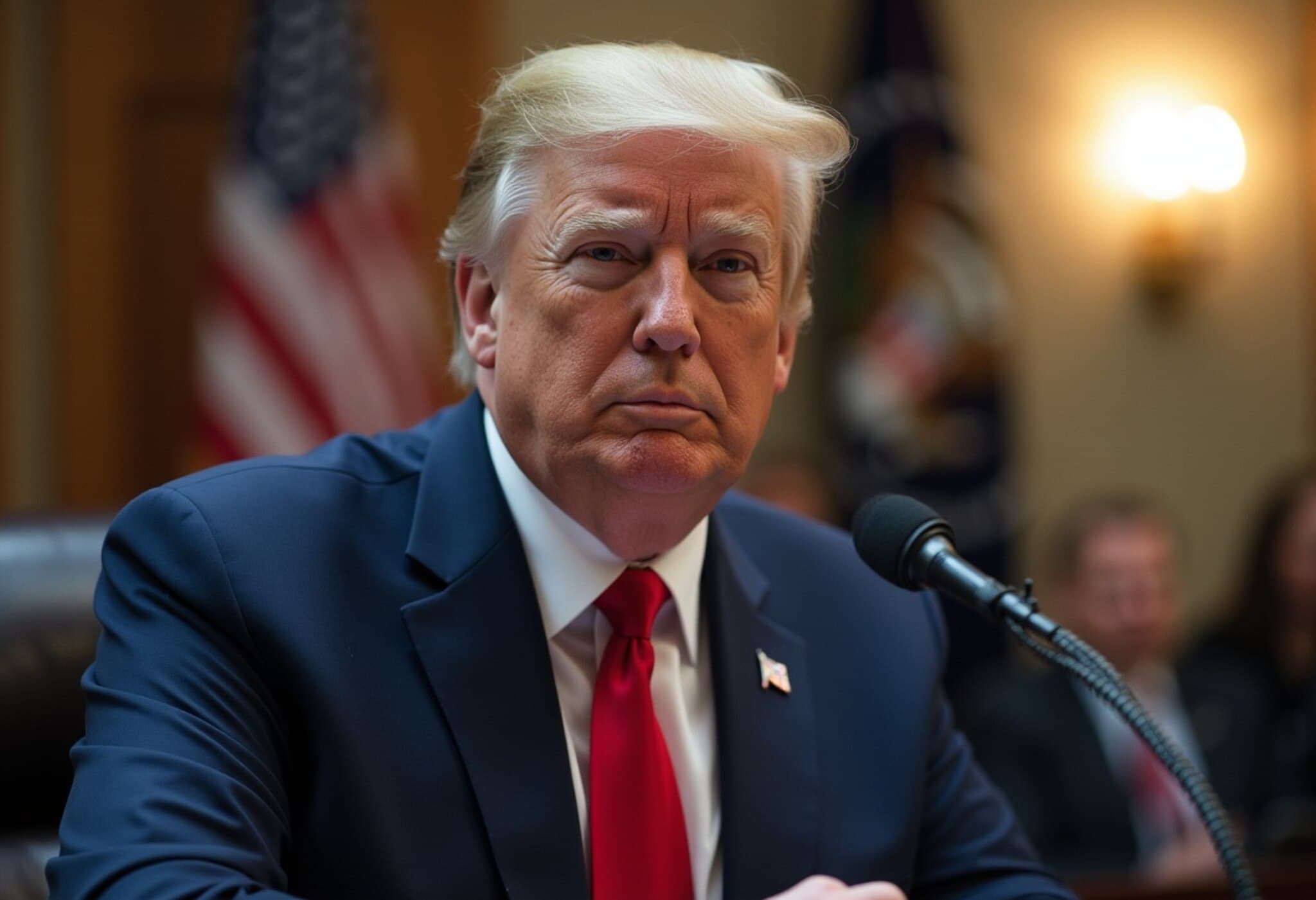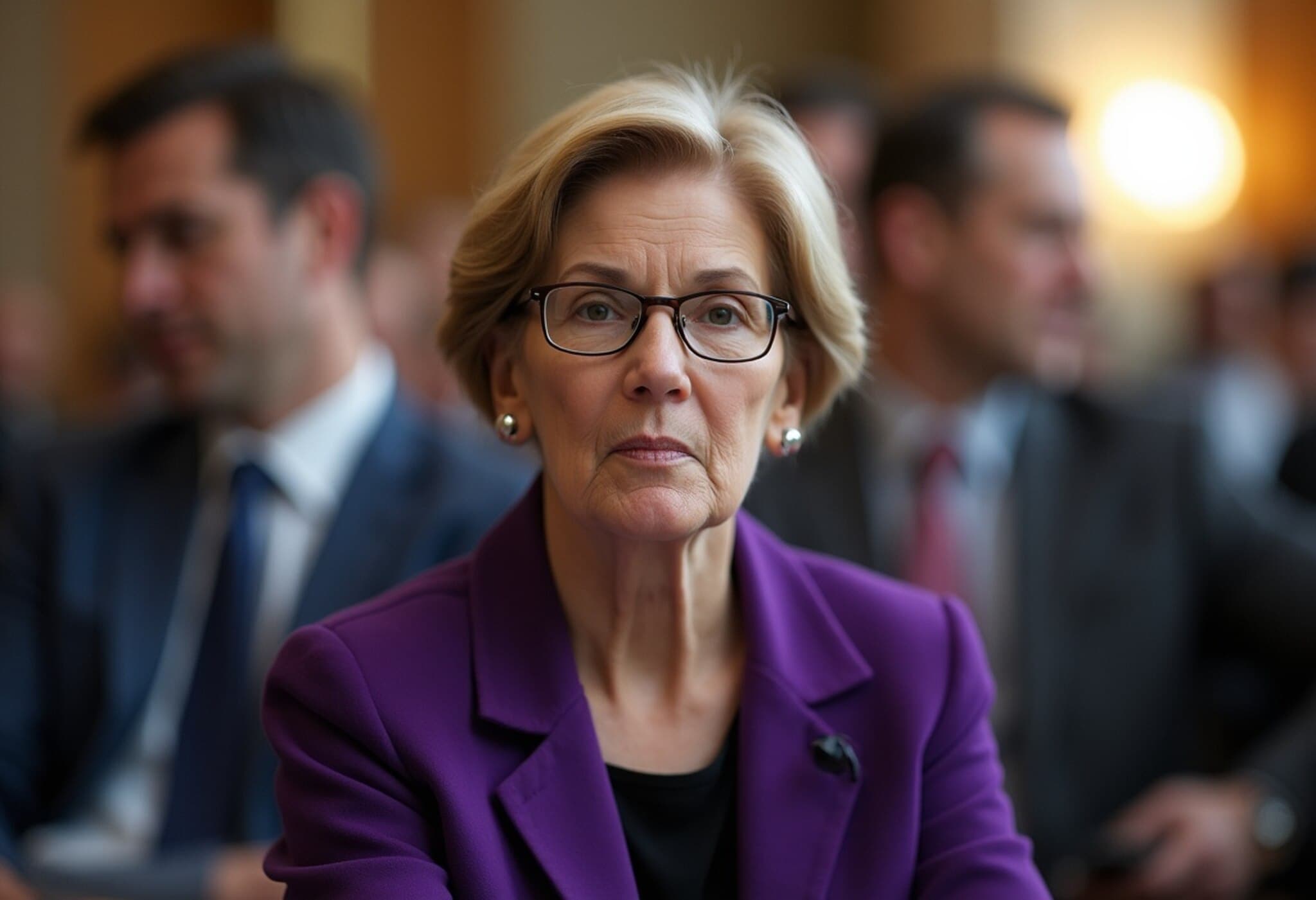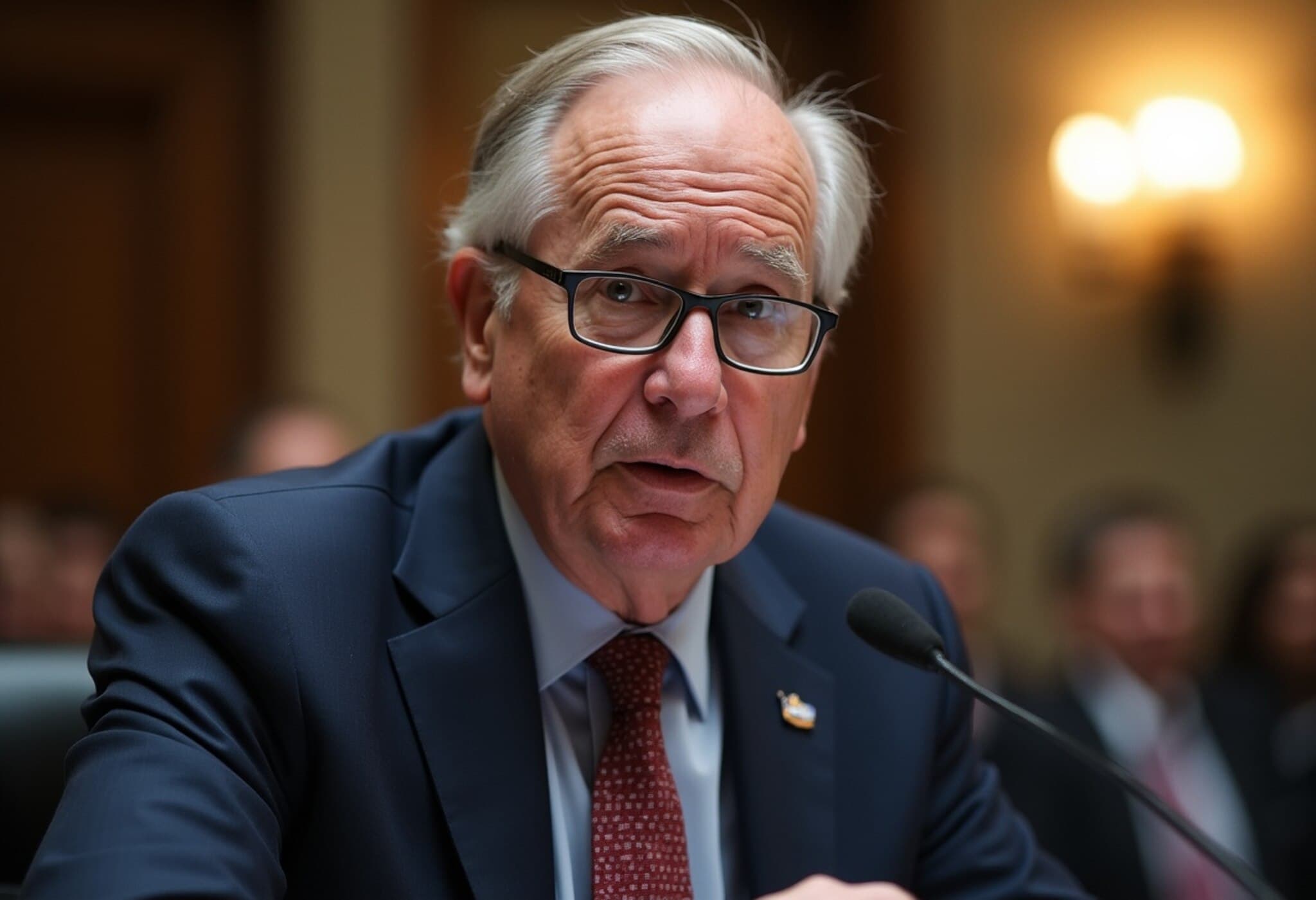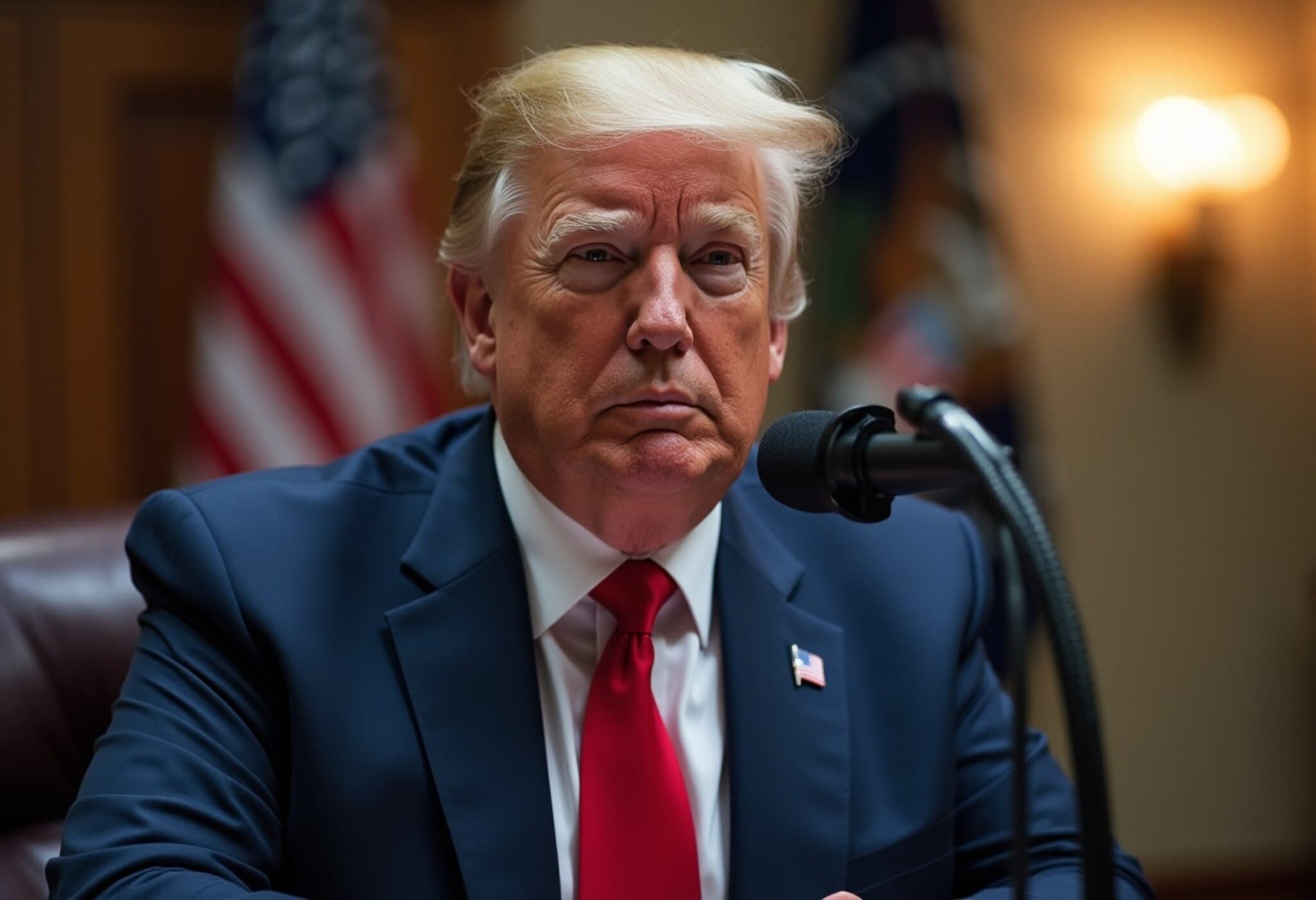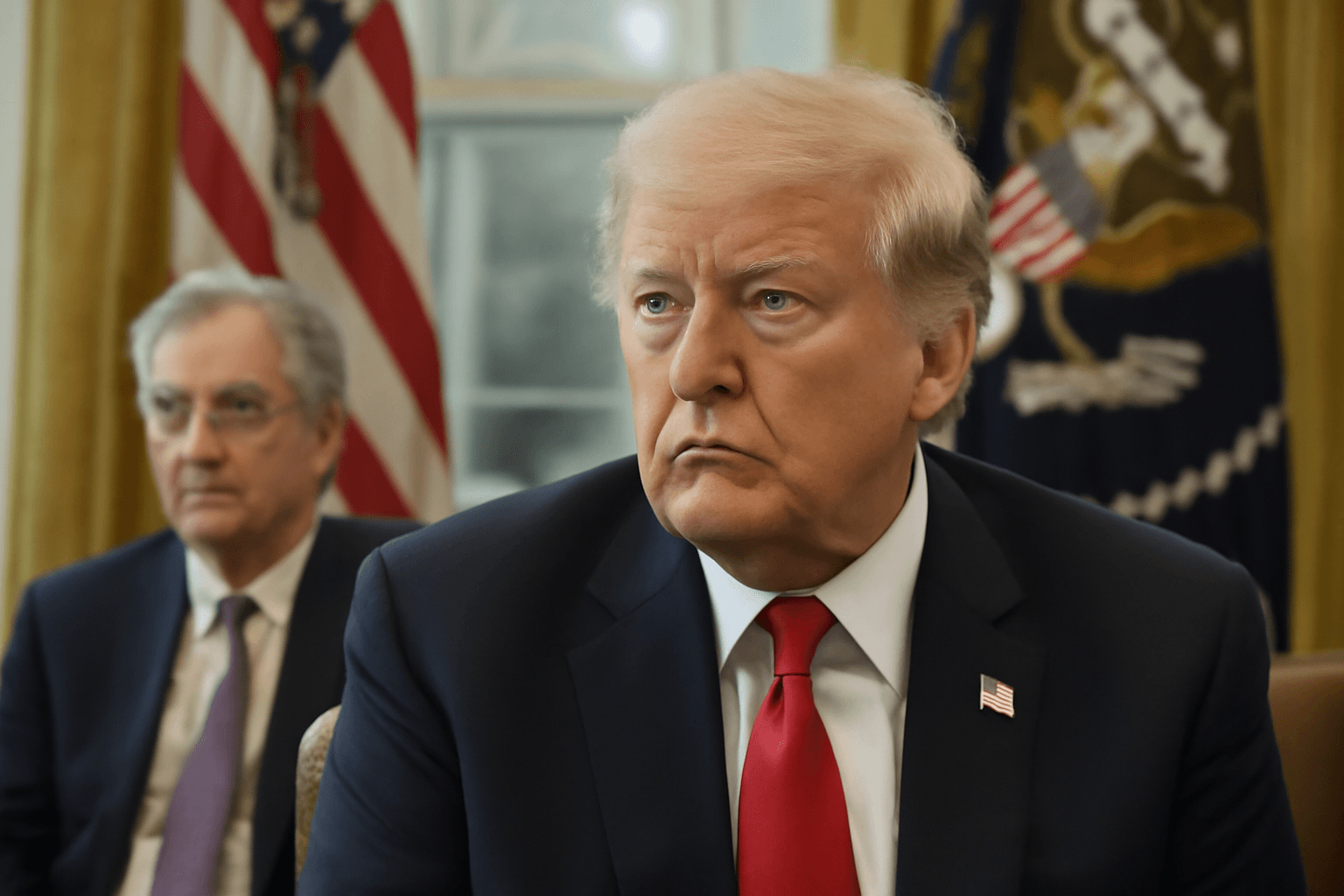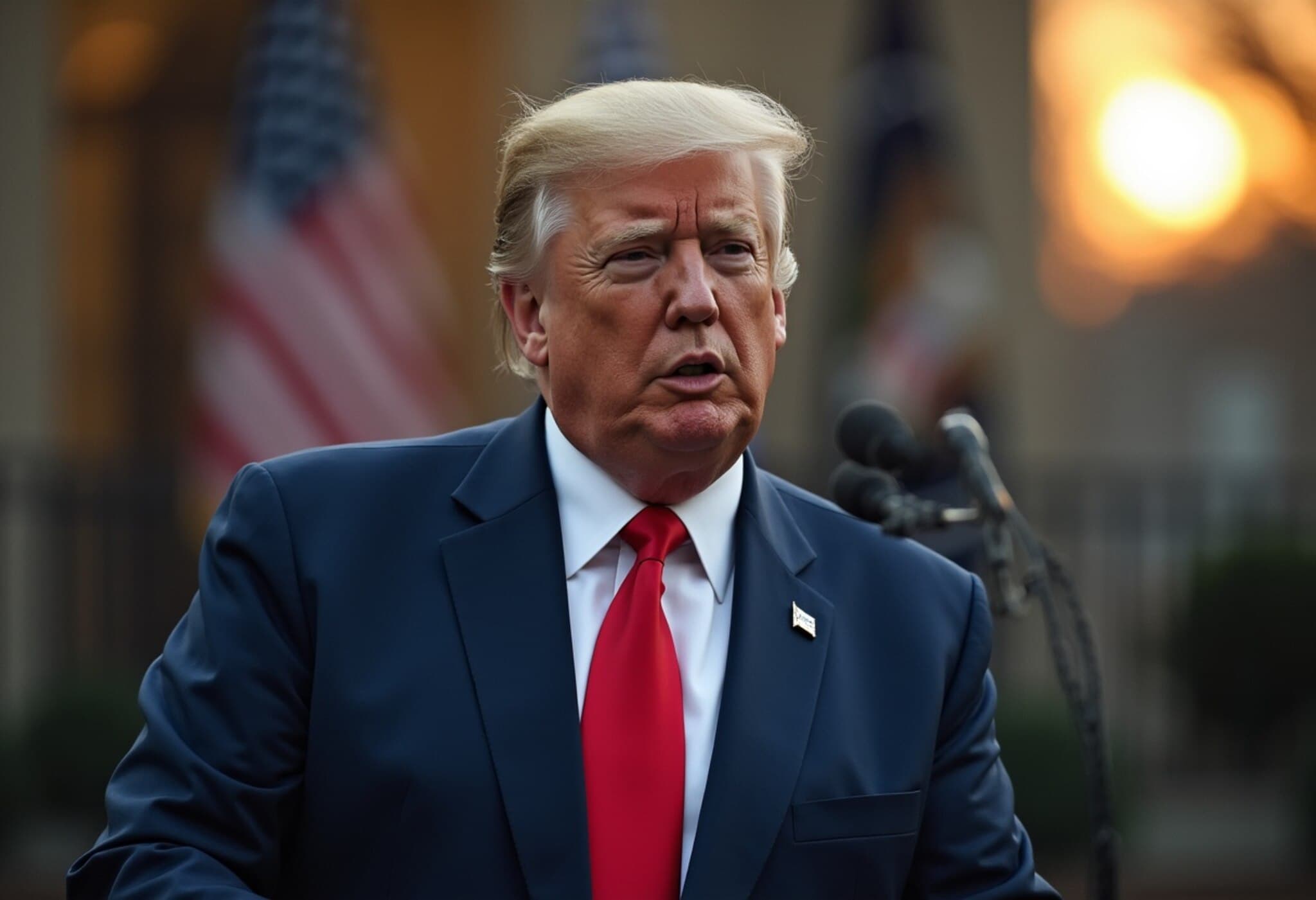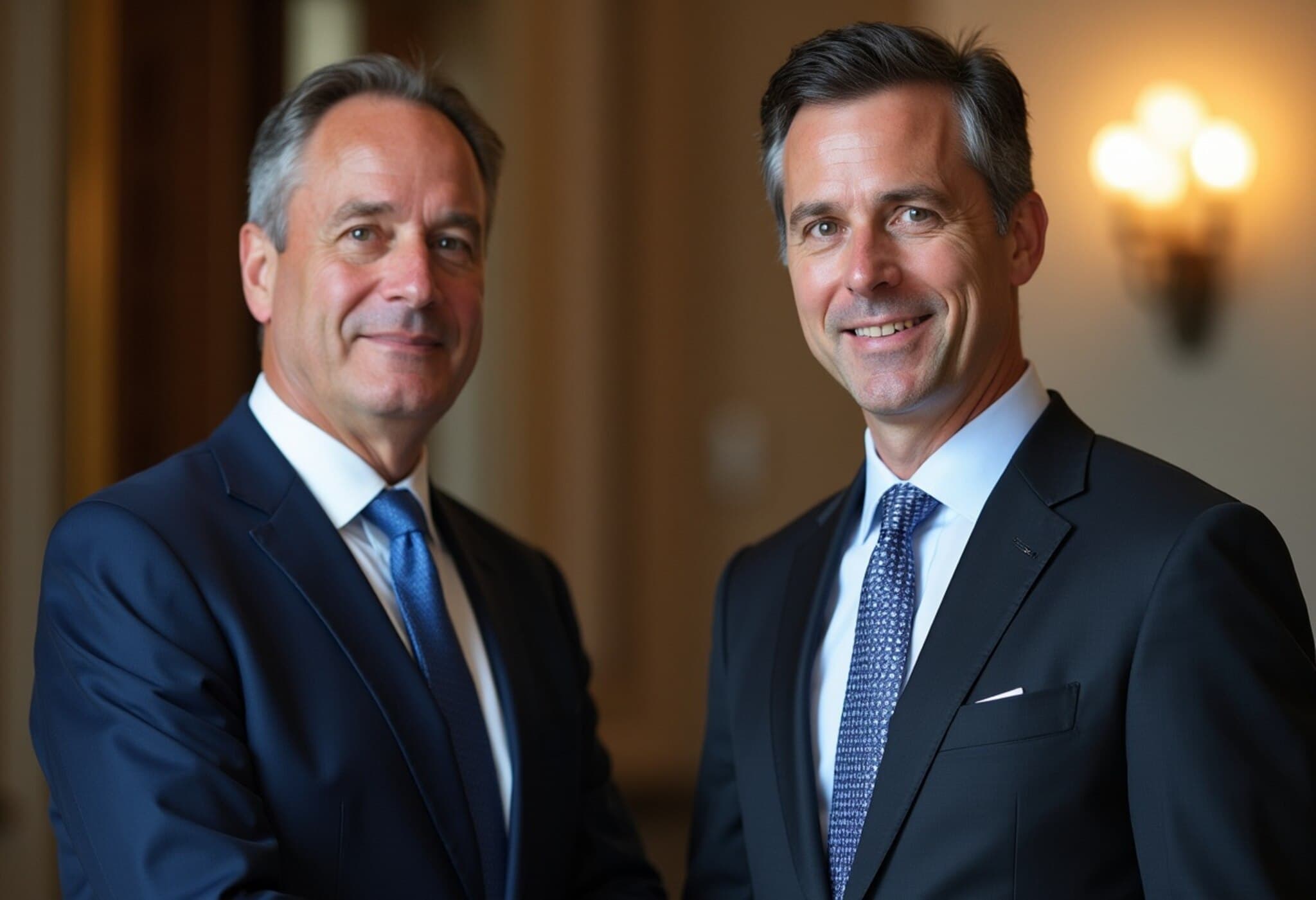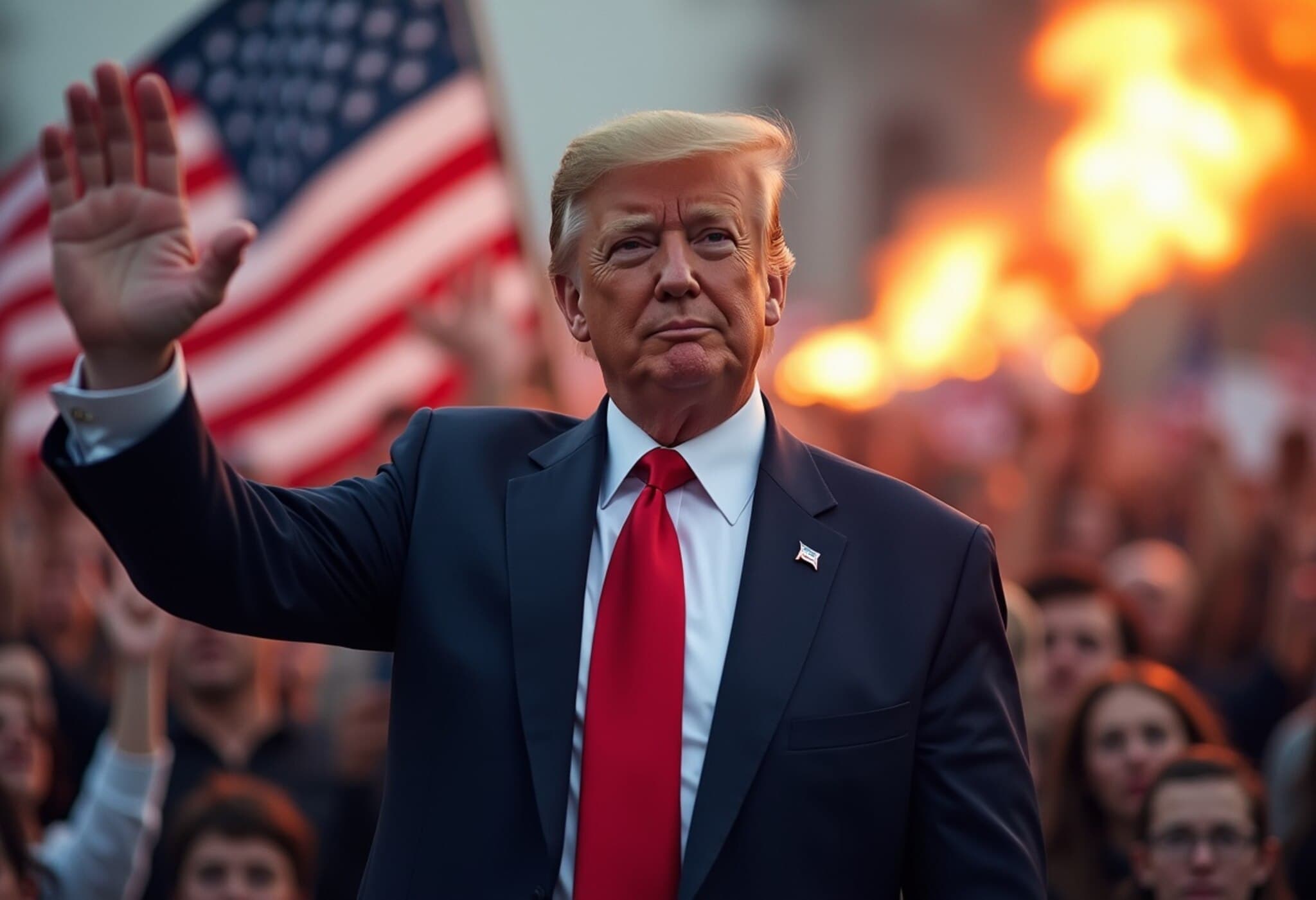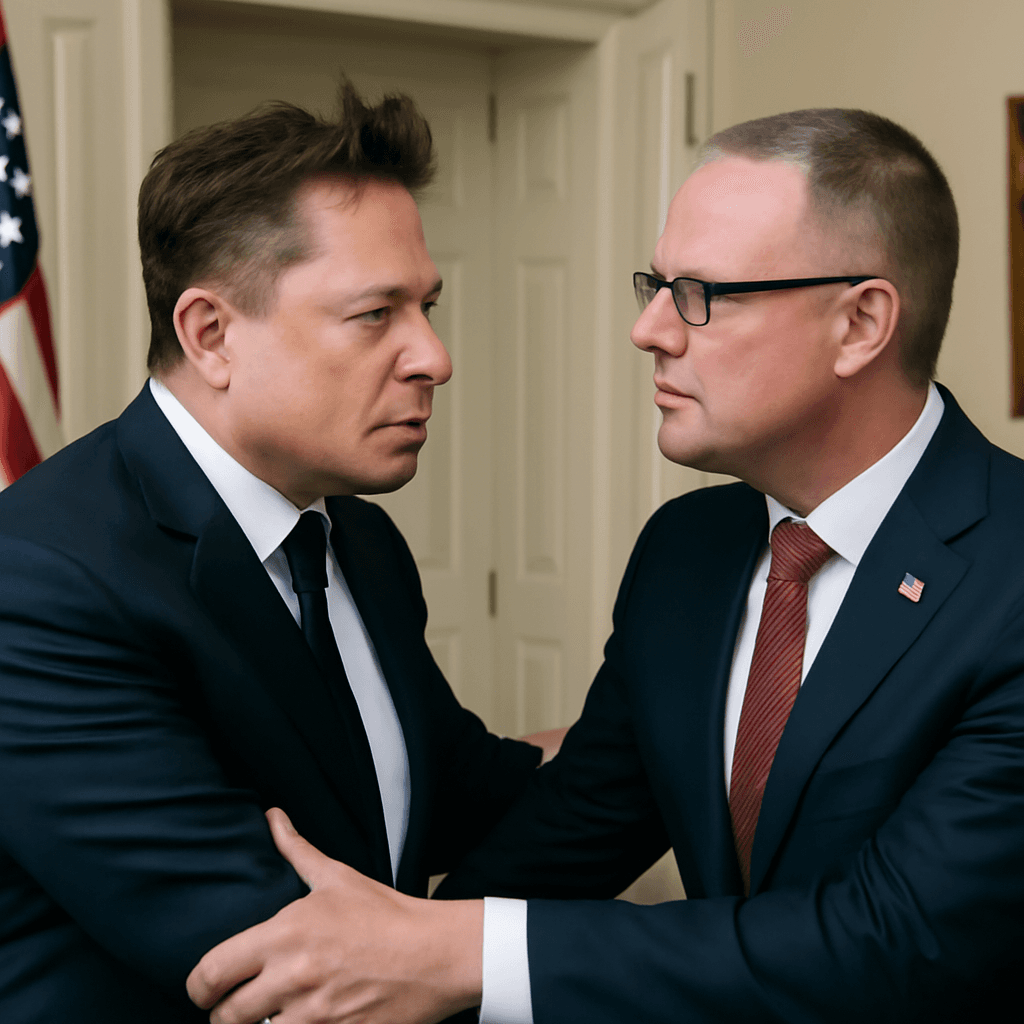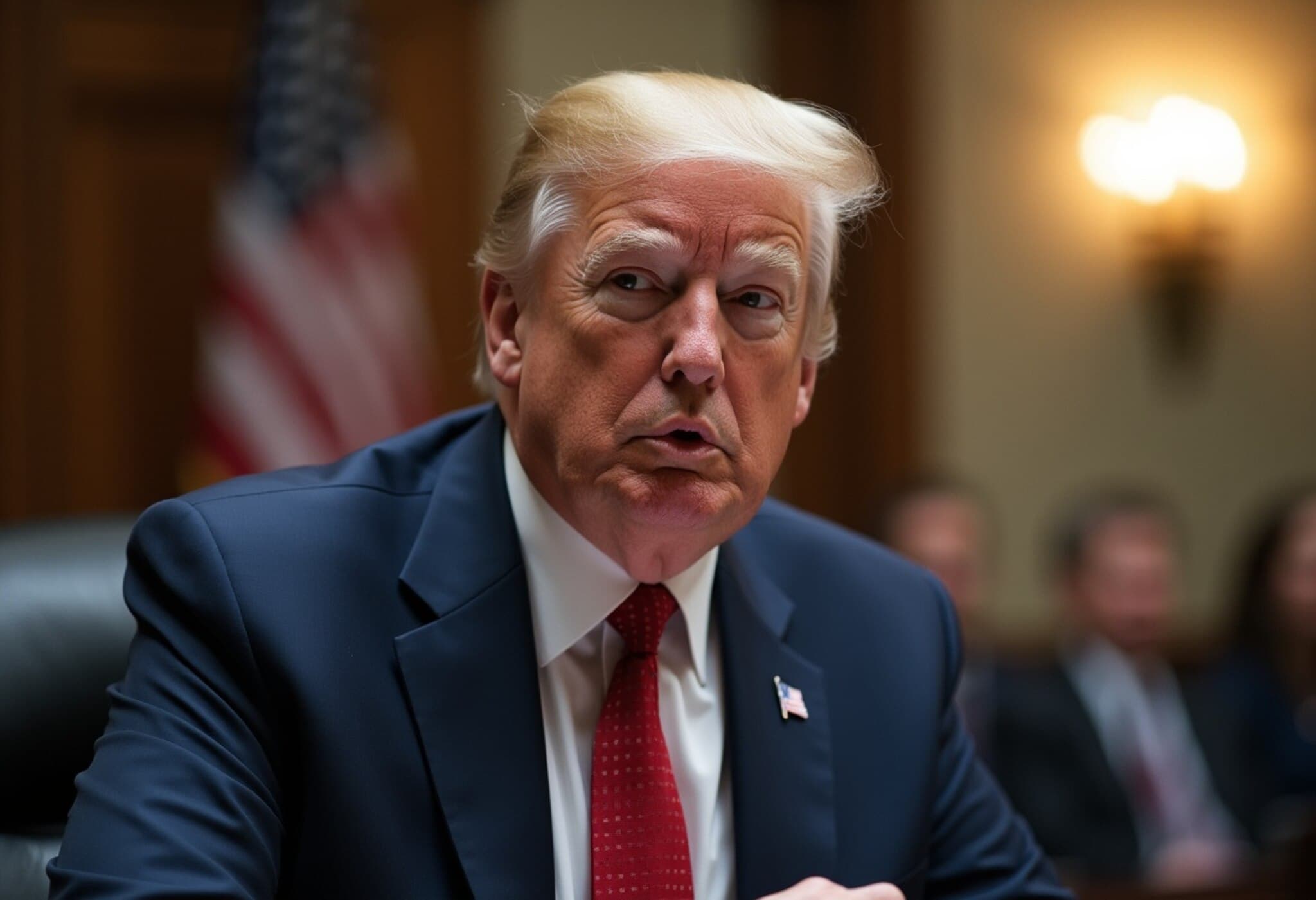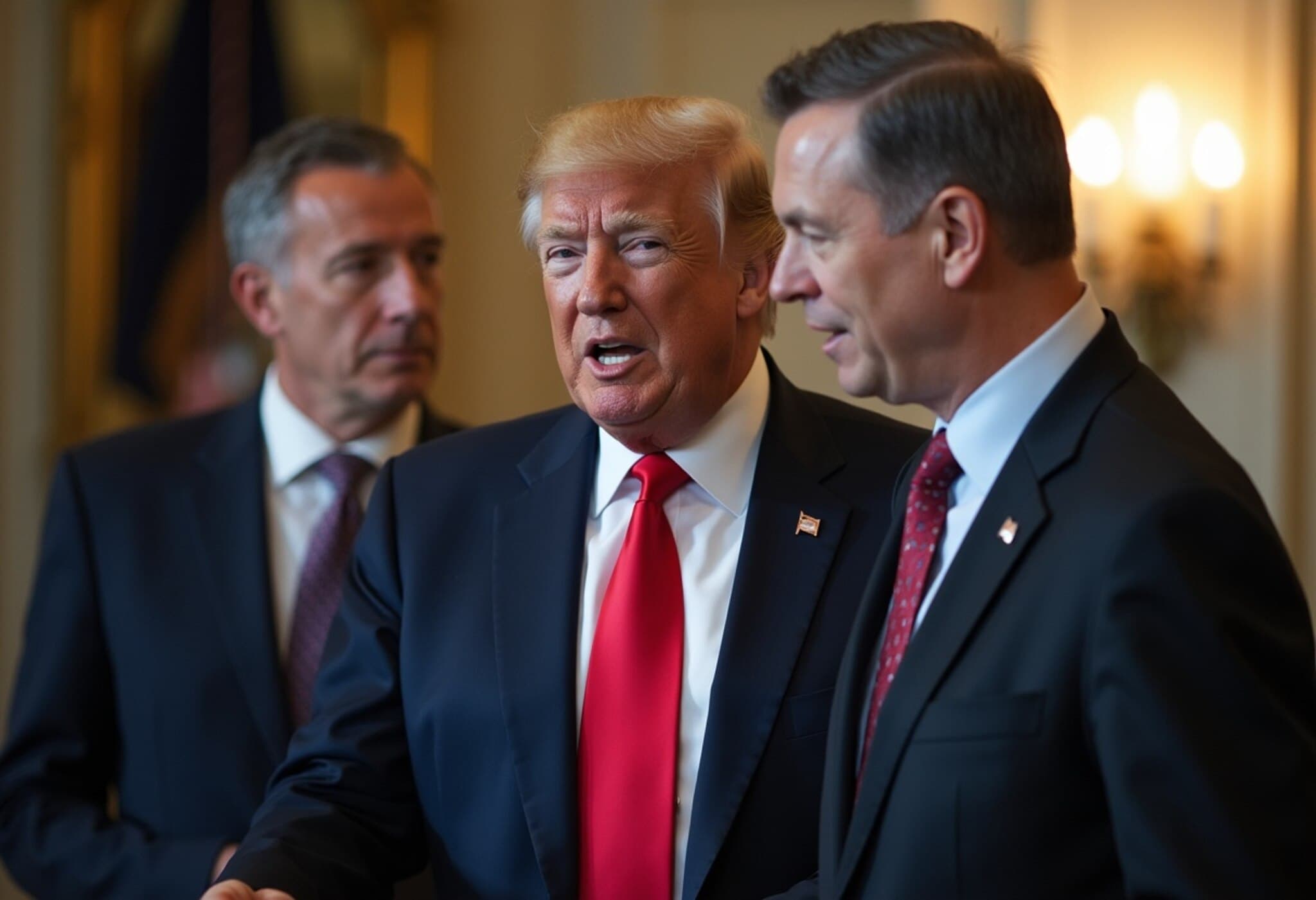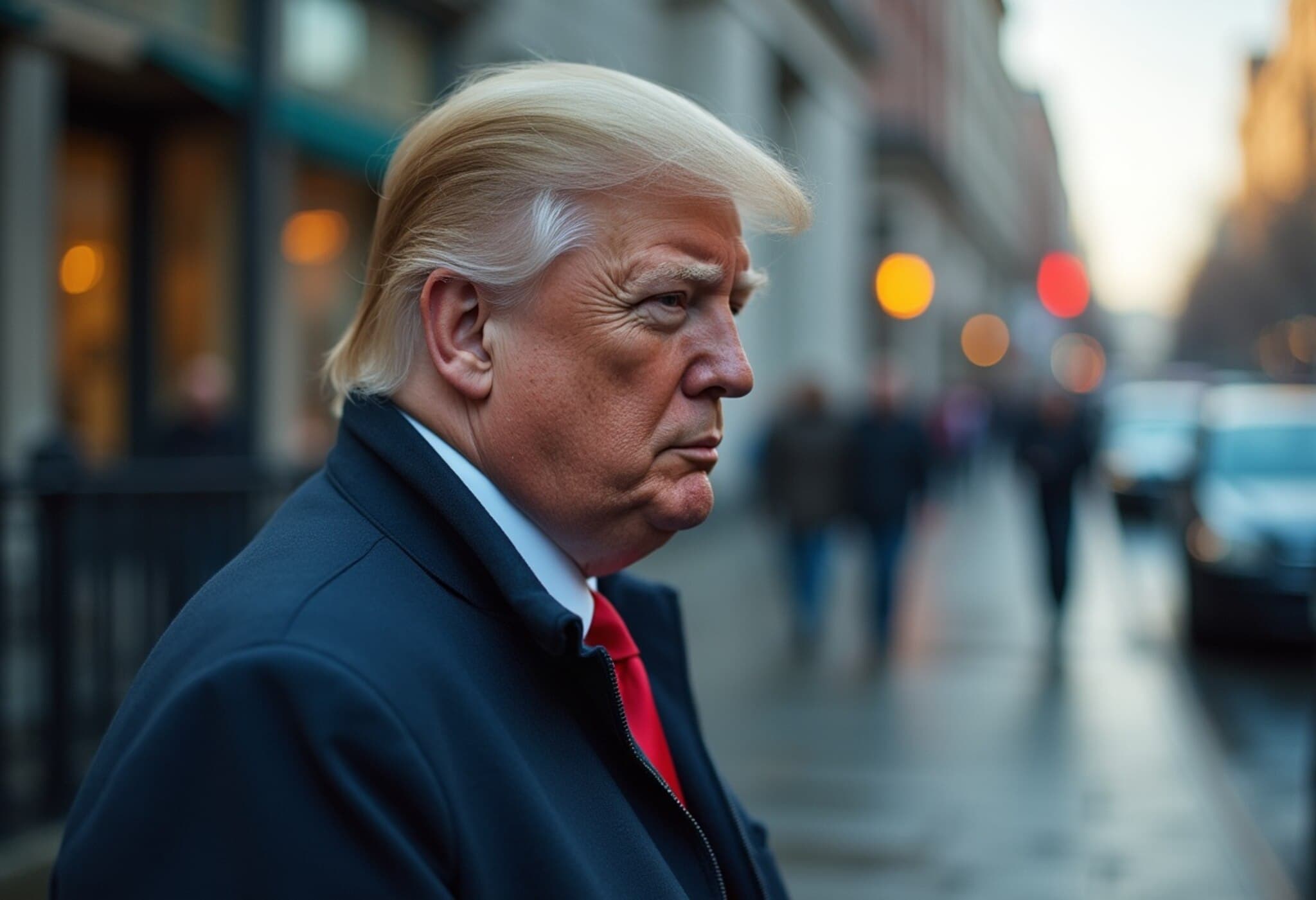Trump Narrows Fed Chair Contenders; Treasury Secretary Bessent Withdraws
In a recent interview with CNBC, President Donald Trump revealed that he has whittled down the list of candidates for the next Federal Reserve chair to four, notably excluding Treasury Secretary Scott Bessent. Bessent, once regarded as a front-runner, has reportedly chosen to remain in his current position, stepping away from the spotlight on the Fed chairmanship.
Why Bessent Opted Out
Trump shared candid reflections during the conversation, emphasizing a respectful relationship with Bessent. ‘‘I love Scott, but he wants to stay where he is,’’ the president remarked. He recounted asking Bessent directly if he wanted the Fed role, to which Bessent replied, ‘‘Nope, I want to stay where I am. He actually said, ‘I want to work with you.’’’ This underscores a dynamic in which stability in the Treasury Department remains paramount for Bessent.
Emerging Front-Runners and Fed Board Shake-Up
The departure of Federal Reserve Governor Adriana Kugler this week, effective Friday, has paved the way for Trump to appoint another ally to the Fed Board of Governors amid heightened efforts by the White House to encourage interest rate cuts. Trump described Kugler's resignation as ‘‘a pleasant surprise.’’
- Kevin Warsh: Former Fed Governor with a history of advocating for lower interest rates.
- Kevin Hassett: Director of the National Economic Council and a key economic advisor to Trump, also a proponent of rate cuts.
- Christopher Waller: Current Fed Governor believed to be in the mix.
Trump was forthcoming about his preferences, noting, ‘‘Both Kevins are very good, and there are other people that are very good, too.’’ While he declined to detail the full list, his remarks highlight a preference for candidates signaling a dovish approach to monetary policy, particularly those supporting lower interest rates to spur growth.
Context: The Federal Reserve Chairmanship and Interest Rate Policy
Current Fed Chair Jerome Powell's term concludes in May 2026, and his stewardship has drawn mixed reactions from Trump. Despite appointing Powell in 2017, Trump has openly criticized him, accusing him of failing to maintain low interest rates as previously promised. The president hinted at the unconventional possibility of appointing a ‘‘shadow chair’’ to challenge Powell internally before his term expires, though he stopped short of confirming such a plan.
Last week, the Federal Reserve maintained its benchmark interest rate between 4.25% and 4.5%, amid markets anticipating a rate cut as soon as September 2025. Historically, the Fed rate dropped by a full percentage point between September and December 2024, prompting Trump to allege political motives aimed at bolstering Democratic candidate Kamala Harris.
Policy Implications and Broader Economic Significance
The selection of the next Fed chair carries profound implications for the U.S. economy, influencing everything from inflation control to unemployment. Trump’s desire for a chairperson supportive of lower rates aligns with his economic agenda, aiming to stimulate growth ahead of the 2026 presidential term. However, questions remain about balancing economic stimulus with preventing overheating or inflationary pressures.
Experts caution that political influence over the Fed’s independence could risk long-term economic stability. Yet, Trump's choice will undoubtedly reflect his administration's prioritization of growth and political considerations.
Editor’s Note
President Trump’s narrowing of Federal Reserve Chair candidates offers a window into the evolving dynamics between the White House and the nation’s central bank amid a pivotal moment for U.S. monetary policy. The deliberate exclusion of Treasury Secretary Scott Bessent encapsulates the personal and political calculations fueling these high-stakes decisions. As the Fed grapples with balancing inflation, growth, and political pressures, the ultimate appointment will speak volumes about the future trajectory of American economic policy. Observers should watch closely how this leadership selection influences not only interest rates but also the Fed's institutional autonomy going forward.

